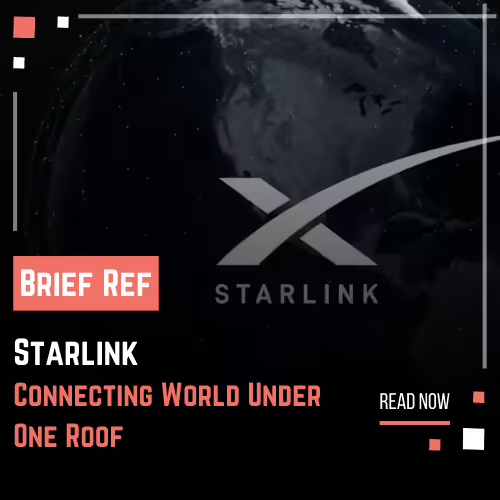The Vision Behind Starlink Internet Service
The Starlink internet service was conceived from the growing need to provide reliable internet access to billions of people who currently lack it. Traditional internet service providers (ISPs) rely on ground-based infrastructure, such as fiber-optic cables and cellular towers, which can be expensive and difficult to deploy in remote or rugged terrains. Consequently, many rural and isolated regions around the world remain disconnected from the digital world.
How Starlink Satellite Internet Works
Starlink’s LEO satellite network, consisting of thousands of small satellites orbiting the Earth at altitudes between 340 and 1,200 kilometers (211 to 746 miles), revolutionizes global internet connectivity. These satellites are much closer to Earth than traditional geostationary satellites, which orbit at around 35,786 kilometers (22,236 miles). This closer proximity reduces data travel distance, resulting in lower latency and faster internet speeds.
Users connect to the Starlink network using a specialized satellite dish, known as a “user terminal,” which is designed for easy setup and automatic alignment with the nearest Starlink satellites. This user terminal allows seamless internet experiences with high-speed data transmission, offering download speeds of up to 150 Mbps and latency as low as 20 milliseconds.
Starlink Availability and Global Expansion
The Starlink coverage map has rapidly expanded since its first launches in 2019, with availability now spanning numerous countries. This expansion is particularly beneficial for remote and rural areas, where traditional internet services are slow, unreliable, or non-existent. For these regions, Starlink offers a critical solution, enabling access to essential services like education, healthcare, and business opportunities that require reliable internet connectivity.
Starlink’s ability to bring internet access to previously unreachable or prohibitively expensive areas is one of its most significant advantages. In regions like rural Canada, Alaska, and parts of the United States, Starlink has provided a much-needed alternative to existing services, offering speeds and reliability that were previously unimaginable.
Challenges and Future Prospects for Starlink
Despite its rapid success, Starlink faces challenges, such as the issue of space debris, as the deployment of thousands of satellites increases the risk of collisions in orbit. To mitigate this, SpaceX has equipped Starlink satellites with autonomous collision avoidance systems and ensures they can be safely deorbited after their operational life.
Another challenge is the impact on astronomy, with the brightness of Starlink satellites raising concerns among astronomers. SpaceX is addressing these concerns by reducing the satellites’ reflectivity and collaborating with the scientific community to minimize their impact on astronomical observations.
Looking forward, Starlink’s potential continues to expand. SpaceX plans to further increase the constellation’s size, enhancing both coverage and service quality. The company is also exploring new applications, such as providing internet access on moving vehicles like airplanes and ships, as well as in rural communities globally. Starlink could also play a vital role in disaster recovery, offering emergency internet services where traditional infrastructure has been compromised.
How to Get Starlink and its Impact on Traditional Internet Services
For those interested in acquiring Starlink, the process is simple. Potential users can visit the Starlink website, check their location on the Starlink coverage map, and sign up for the service. As the network continues to develop and costs decrease, Starlink is likely to become even more accessible to users worldwide.
Starlink is not just a satellite internet service; it represents a paradigm shift in global connectivity. By leveraging a vast constellation of low Earth orbit satellites, SpaceX is breaking down geographical barriers to internet access. As Starlink continues to evolve, it promises to connect millions of people, offering them the tools and opportunities that come with reliable, high-speed internet, ultimately transforming lives and communities around the globe.





